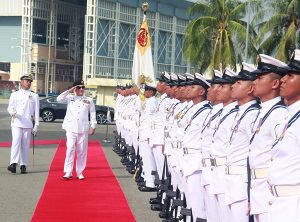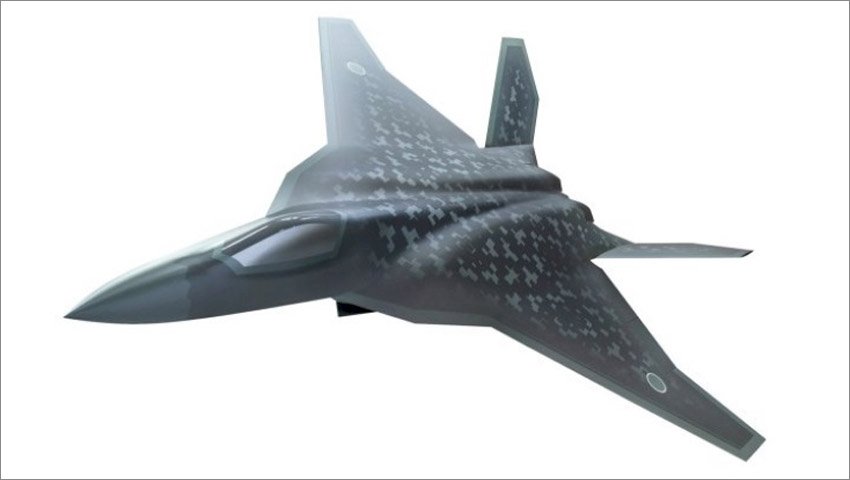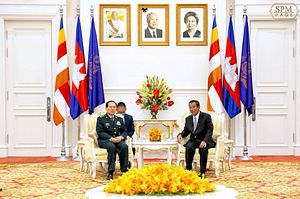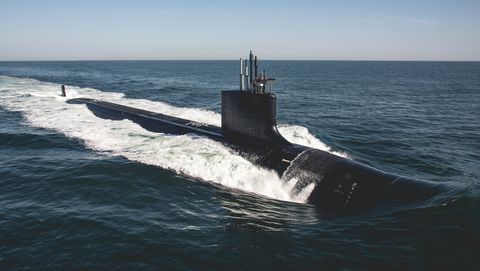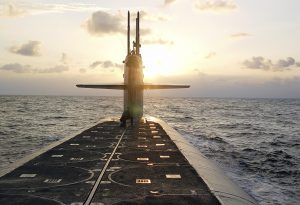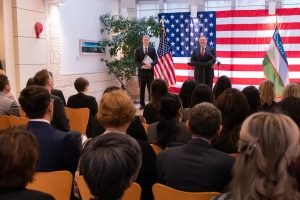 Pakistan and China in continuation of their relentless adversarial and conflictual military postures against India for decades now appear to have switched over in years preceding 2020 to strategies of hybrid warfare against India having failed to arrest India’s noticeable geopolitical and military rise with the advent of Indian PM Narendra Modi in 2014.
Pakistan and China in continuation of their relentless adversarial and conflictual military postures against India for decades now appear to have switched over in years preceding 2020 to strategies of hybrid warfare against India having failed to arrest India’s noticeable geopolitical and military rise with the advent of Indian PM Narendra Modi in 2014.
“Hybrid Warfare is defined as a military strategy which employs political warfare and blends conventional warfare, irregular warfare and cyberwarfare with other influencing methods such as fake news, diplomacy warfare and foreign electoral intervention”.
The global geopolitical environment in favour of India prompts Pakistan and China to hesitate in any conflict-escalation with possibilities of serious armed conflict and Hybrid Warfare offers an appropriate strategy of keeping India militarily occupied and besieging India from within and weakening it.
